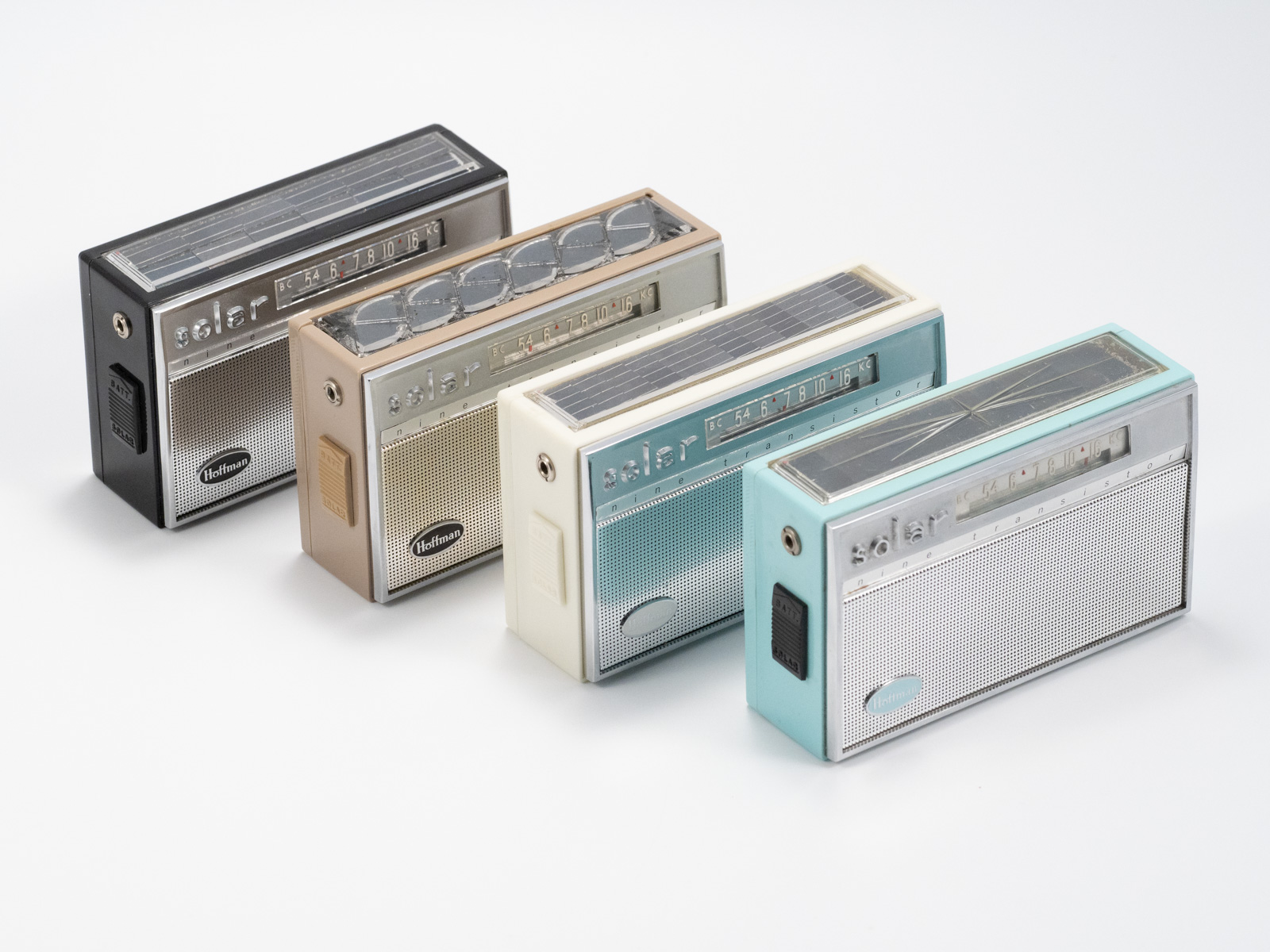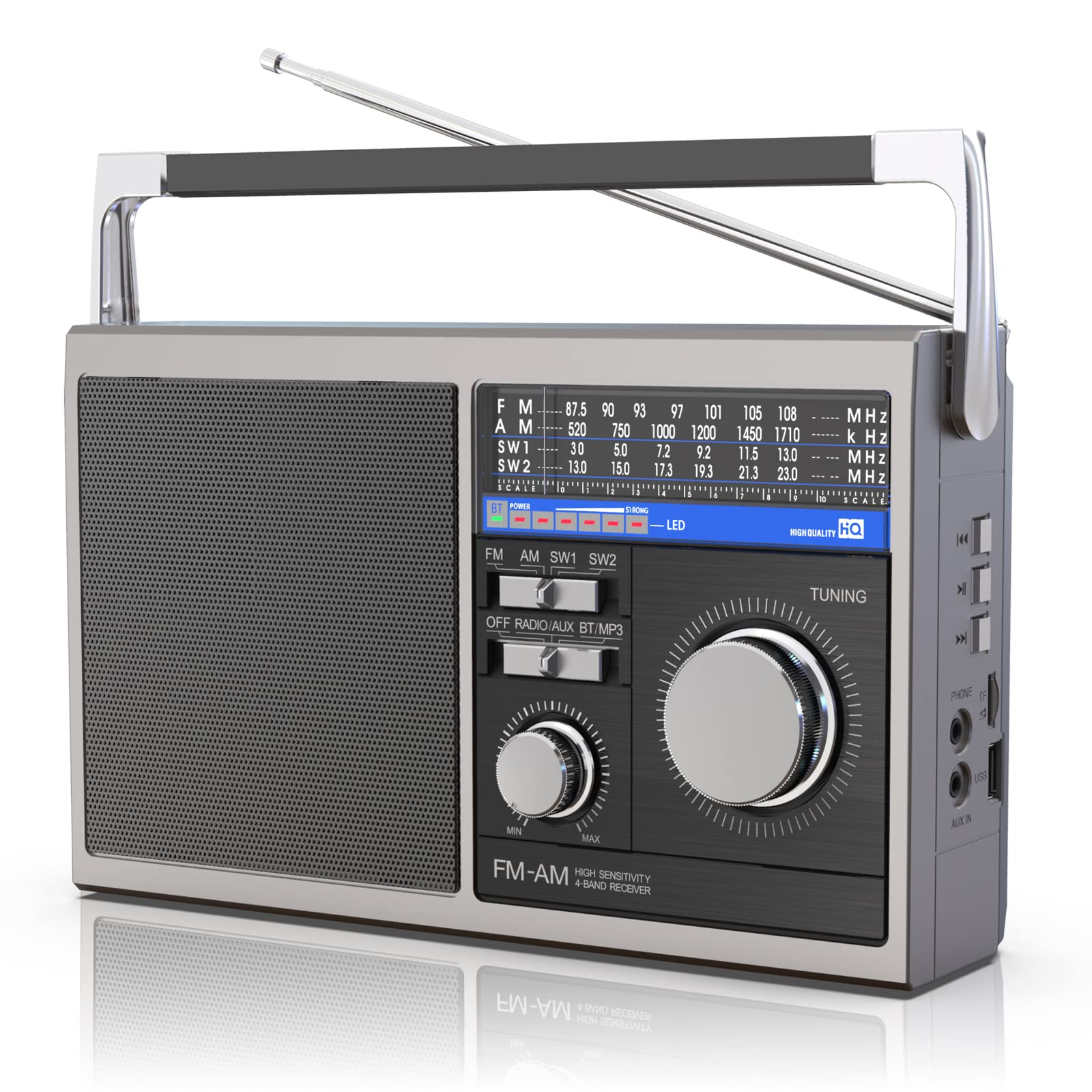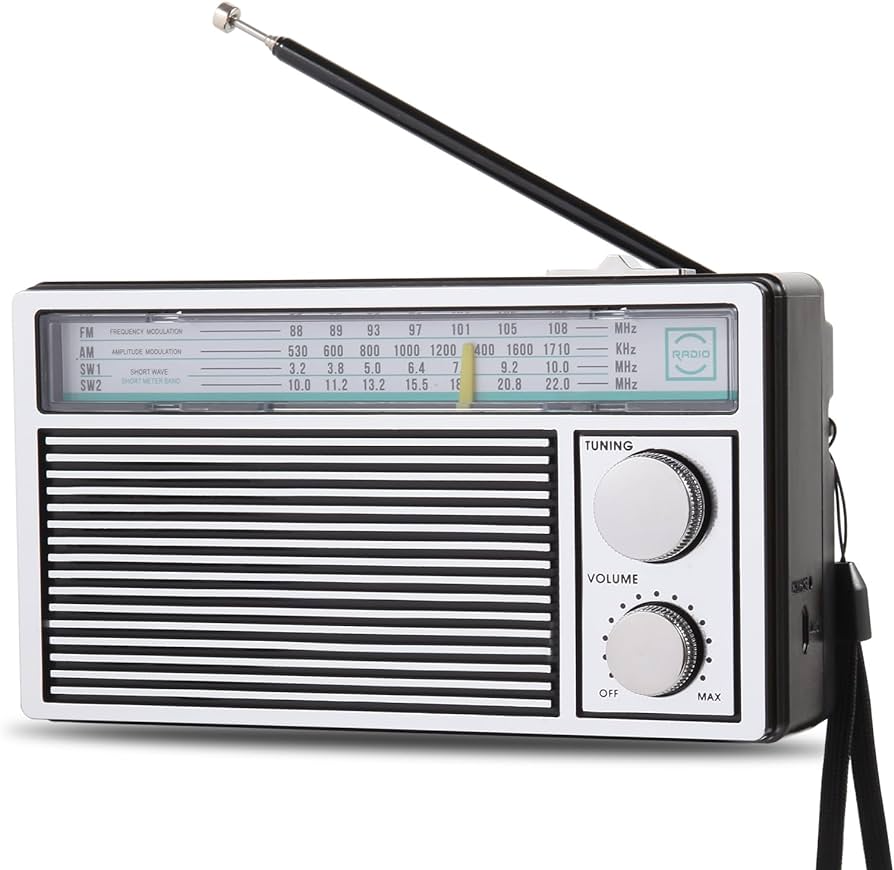Introduction to Transistor Radios
Transistor radios revolutionized the way we receive and enjoy information and entertainment. Before their invention, radios were bulky, stationary devices. Transistor technology made radios compact, portable, and more accessible to the average person. This technological leap transformed how people consumed news, music, and other broadcast content. The advent of the transistor radio marked a significant milestone in the world of communication and electronics.
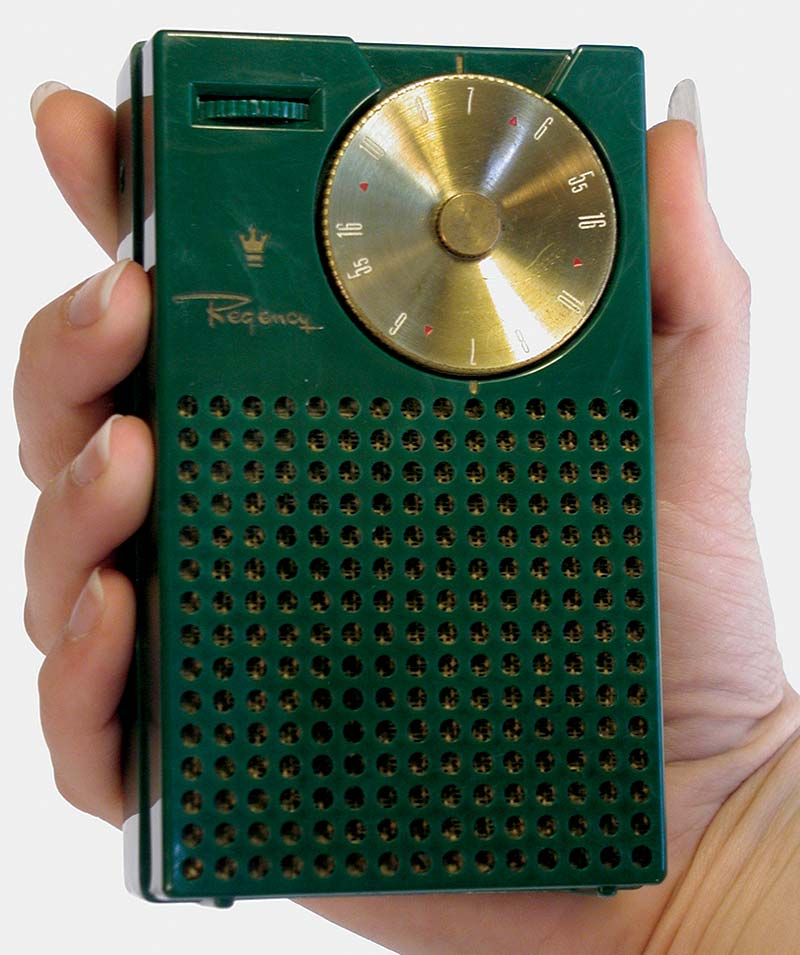
Born in the mid-20th century, transistor radios quickly became popular due to their small size, durability, and ease of use. This article delves into the history, design, and enduring appeal of transistor radios. From their technological innovations to their cultural impact, we explore why these iconic devices continue to captivate enthusiasts and collectors.
The Birth of Transistor Radios
Early Days and Inception
The history of transistor radios begins with the invention of the transistor itself. In 1947, scientists at Bell Labs – John Bardeen, Walter Brattain, and William Shockley – developed the first transistor. This tiny device could amplify and switch electronic signals, a groundbreaking advancement that paved the way for various electronic innovations. The transistor’s small size and energy efficiency made it ideal for portable devices.
The first commercially available transistor radio was introduced by Texas Instruments and Regency in 1954. Called the Regency TR-1, this radio was a sensation. It represented a significant departure from the vacuum tube radios that preceded it. The Regency TR-1 was compact, battery-operated, and significantly more durable than earlier models. It marked the beginning of the transistor radio era.
Rapid Adoption and Popularity
The success of the Regency TR-1 spurred rapid adoption and innovation in the transistor radio market. Numerous companies, including Sony, Zenith, and RCA, began producing their versions of transistor radios. These devices quickly gained popularity due to their portability, affordability, and ease of use. For the first time, people could take their radios anywhere: to the beach, on a hike, or even just around the house.
Transistor radios became particularly popular among young people. They could listen to their favorite music and stay updated on news and events while on the go. The device became a symbol of the burgeoning youth culture of the 1950s and 1960s. It reflected the era’s values of freedom, mobility, and individualism.
Technological Innovations
The development of transistor radios involved numerous technological innovations. Early models featured only a few transistors and had limited reception and sound quality. However, advancements in transistor technology led to significant improvements in radio performance. More transistors were added, enhancing sensitivity and selectivity. This resulted in better reception and sound quality.
Manufacturers also experimented with different designs and materials. Radios became smaller, lighter, and more stylish. Some models featured innovative designs, including colorful cases, built-in antennas, and advanced tuning mechanisms. These innovations made transistor radios more attractive and user-friendly, contributing to their widespread appeal.
Design and Features of Transistor Radios
Compact and Portable
The compact and portable design of transistor radios is one of their most defining characteristics. Unlike their bulky predecessors, transistor radios could easily fit in a pocket or bag. This portability allowed people to carry their radios wherever they went, making it easier to stay connected and entertained.
The small size of transistor radios was made possible by the use of transistors instead of vacuum tubes. Transistors are much smaller and more energy-efficient, allowing manufacturers to create compact devices without sacrificing performance. The portable design of transistor radios made them ideal for a wide range of applications, from personal entertainment to emergency communication.
Durable Construction
Transistor radios were built to be durable and reliable. Early models featured sturdy metal or plastic cases that protected the delicate electronic components inside. This made them resistant to damage from drops, knocks, and exposure to the elements. Many transistor radios were also designed to be water-resistant, adding an extra layer of protection.
The use of transistors also contributed to the durability of these radios. Transistors are more robust and less prone to failure than vacuum tubes, which made transistor radios more reliable. This durability made transistor radios a popular choice for outdoor activities, travel, and other situations where a robust, reliable device was essential.
User-Friendly Interface
Transistor radios typically featured a user-friendly interface that made them easy to operate. Most models had simple controls, such as a tuning dial, volume knob, and a power switch. Some radios also included additional features, such as a band selector for switching between AM and FM frequencies. The straightforward design made transistor radios accessible to users of all ages and skill levels.
The simplicity of transistor radios was one of their key selling points. Users could quickly tune into their favorite stations and adjust the volume without dealing with complicated settings or controls. This ease of use contributed to the widespread popularity of transistor radios and their enduring appeal.
Cultural Impact of Transistor Radios
Revolutionizing Media Consumption
Transistor radios revolutionized the way people consumed media. Before their invention, people had to gather around a stationary radio to listen to broadcasts. The portability of transistor radios allowed people to take their radios with them, making it possible to listen to music, news, and other broadcasts anywhere and at any time. This newfound mobility changed how people engaged with media and information.
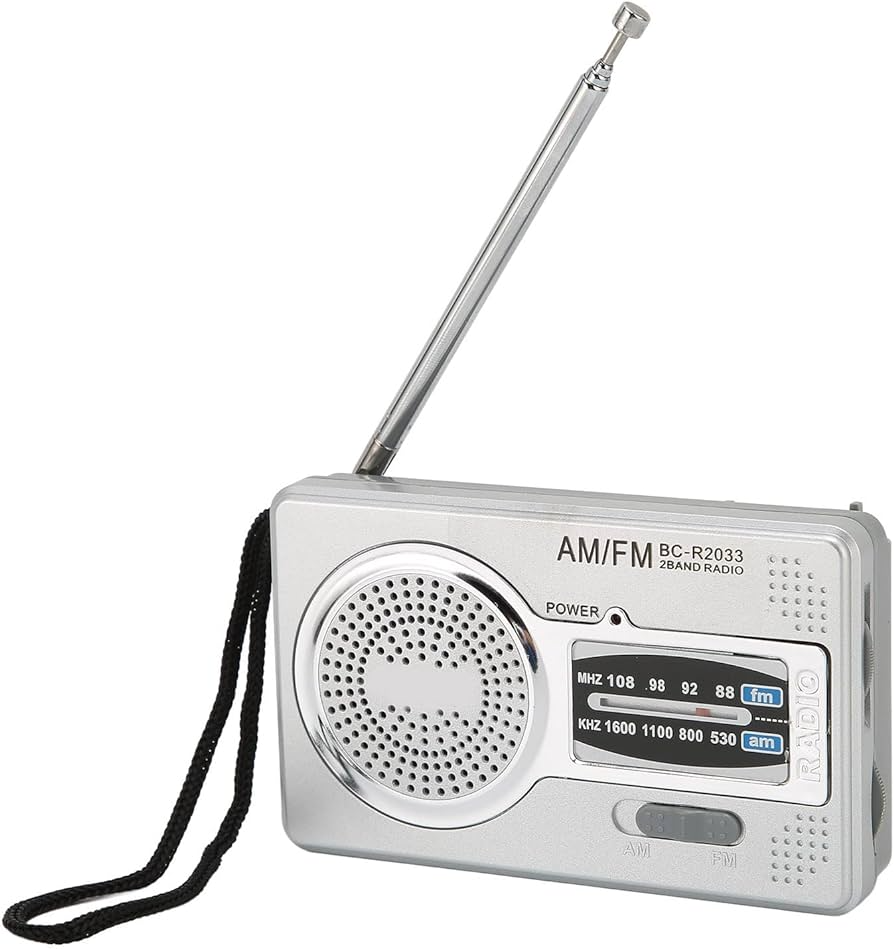
The ability to access media on the go was particularly significant during the 1950s and 1960s, an era of significant social and cultural change. Transistor radios allowed people to stay informed about current events, listen to the latest music, and connect with the broader world in ways that were previously impossible. This had a profound impact on the dissemination of information and the spread of cultural trends.
Influencing Youth Culture
Transistor radios played a crucial role in shaping youth culture during the mid-20th century. The device became a symbol of independence, freedom, and rebellion. Young people could listen to rock and roll music with their friends, away from the watchful eyes of their parents. This ability to access popular music on the go contributed to the rise of youth-oriented cultural movements.
The portability of transistor radios also made it easier for young people to organize and participate in social gatherings, such as beach parties, picnics, and road trips. These activities became associated with the carefree, adventurous spirit of the era. Transistor radios were often featured in movies, television shows, and advertisements, further cementing their status as cultural icons.
Enduring Legacy
The cultural impact of transistor radios extends beyond their heyday in the mid-20th century. These devices laid the groundwork for the development of modern portable electronics, such as smartphones and MP3 players. The emphasis on portability, durability, and user-friendly design continues to influence the development of new technologies.
Transistor radios also hold a special place in the hearts of collectors and enthusiasts. Vintage models are highly sought after for their historical significance, unique designs, and nostalgic value. Collectors appreciate the craftsmanship and innovation that went into creating these devices, and many consider them to be works of art.
Collecting Transistor Radios
Finding Vintage Models
Collecting transistor radios can be a rewarding hobby. Vintage models are often available at flea markets, antique shops, and online marketplaces such as eBay. Collectors should look for radios that are in good condition, with intact cases, working components, and original parts. Rare models and those from well-known manufacturers, such as Sony, Regency, and Zenith, are particularly valuable.
When purchasing vintage transistor radios, it’s essential to verify the authenticity of the item. Reproductions and modern replicas may not hold the same value as original models. Collectors should also consider the radio’s provenance, including its history and previous ownership, as this can add to its value and appeal.
Restoration and Maintenance
Restoring and maintaining vintage transistor radios can enhance their value and preserve their functionality. Basic restoration tasks may include cleaning the case, replacing worn or damaged components, and recalibrating the tuning mechanism. More advanced repairs, such as fixing internal circuitry or replacing transistors, may require specialized knowledge and tools.
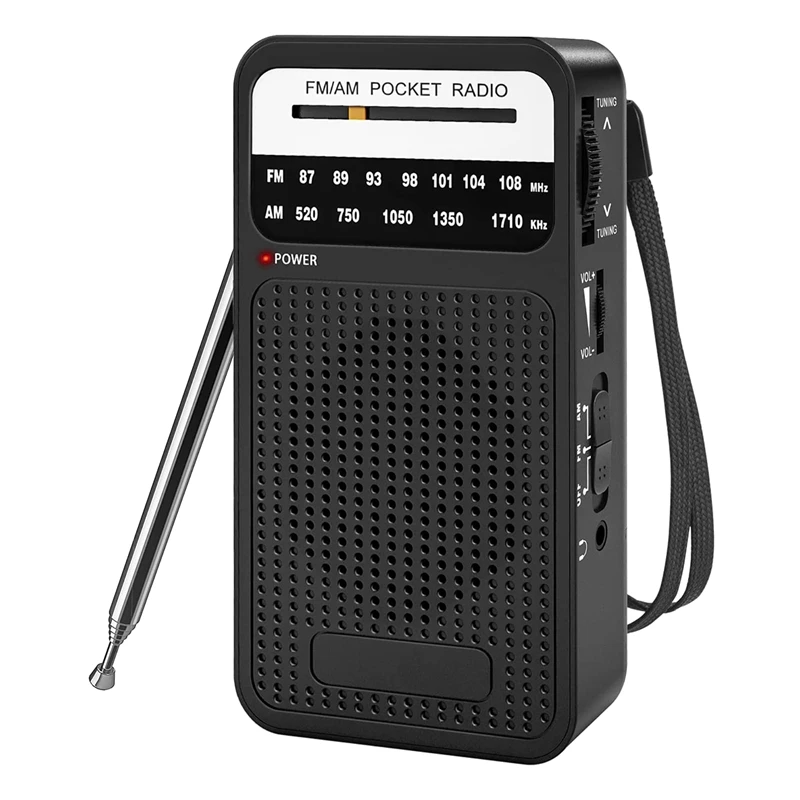
Regular maintenance is crucial for keeping vintage radios in good working condition. This may involve cleaning the internal components, lubricating moving parts, and checking the battery compartment for corrosion. Proper storage in a cool, dry place can also help prevent damage and prolong the lifespan of these devices.
Displaying Your Collection
Displaying a collection of transistor radios can be a source of pride and enjoyment for collectors. Radios can be arranged on shelves, displayed in glass cases, or incorporated into themed exhibits. Proper lighting and presentation can highlight the unique features and designs of each radio, creating an attractive and engaging display.
Some collectors may also choose to document their collections, creating catalogs or digital archives that include photographs, descriptions, and information about each radio’s history and provenance. Sharing this information with other enthusiasts through online forums, social media, or publications can foster a sense of community and appreciation for the history and artistry of transistor radios.
Modern Relevance of Transistor Radios
Practical Applications
While modern technology has largely replaced transistor radios, these devices still hold practical applications. Transistor radios are often used in situations where modern electronics may not be practical or reliable, such as during outdoor activities, emergencies, or in remote locations. Their portability, durability, and simple operation make them valuable tools for staying connected and informed.
Many people appreciate the simplicity and reliability of transistor radios, particularly in situations where a dependable communication tool is essential. For example, outdoor enthusiasts, such as hikers and campers, may use transistor radios to stay informed about weather conditions and emergency alerts. Similarly, individuals preparing for emergencies may include transistor radios in their disaster preparedness kits.
Educational Value
Transistor radios also hold educational value, offering opportunities to learn about the history of technology, electronics, and communication. Schools, museums, and educational institutions may use transistor radios as teaching tools to illustrate the principles of radio technology and the impact of technological innovation on society.
Hands-on projects, such as building or repairing transistor radios, can provide valuable learning experiences for students and hobbyists. These activities can foster an understanding of electronics, encourage problem-solving skills, and inspire an appreciation for the craftsmanship and ingenuity that went into creating these devices.
Nostalgic Appeal
For many people, transistor radios hold nostalgic appeal, evoking memories of a bygone era. Listening to a transistor radio can transport individuals back to their youth, recalling the music, news, and events that shaped their lives. This sense of nostalgia can be comforting and enjoyable, providing a connection to the past.
Vintage transistor radios and modern reproductions are often used as decorative items, adding a touch of retro charm to homes, offices, and other spaces. Their timeless design and historical significance make them attractive additions to any setting, capturing the imagination and sparking conversations.
Conclusion
Transistor radios represent a remarkable chapter in the history of communication technology. Their invention and widespread adoption revolutionized the way people consumed media and information, making it possible to stay connected and entertained anywhere and at any time. The compact design, durable construction, and user-friendly interface of transistor radios made them accessible to a wide range of users, from young people seeking independence to professionals needing reliable communication tools.
The cultural impact of transistor radios extends beyond their technological innovations. These devices played a significant role in shaping youth culture, influencing media consumption, and creating new opportunities for social interaction. Today, transistor radios are cherished by collectors, hobbyists, and enthusiasts, who appreciate their historical significance, unique designs, and nostalgic appeal.
While modern technology has largely supplanted transistor radios, these iconic devices continue to hold practical applications and educational value. Their enduring charm and relevance remind us of the transformative power of innovation and the timeless allure of simple, reliable communication. Whether as functional tools, treasured collectibles, or nostalgic relics, transistor radios remain a testament to human ingenuity and the joy of discovery.
